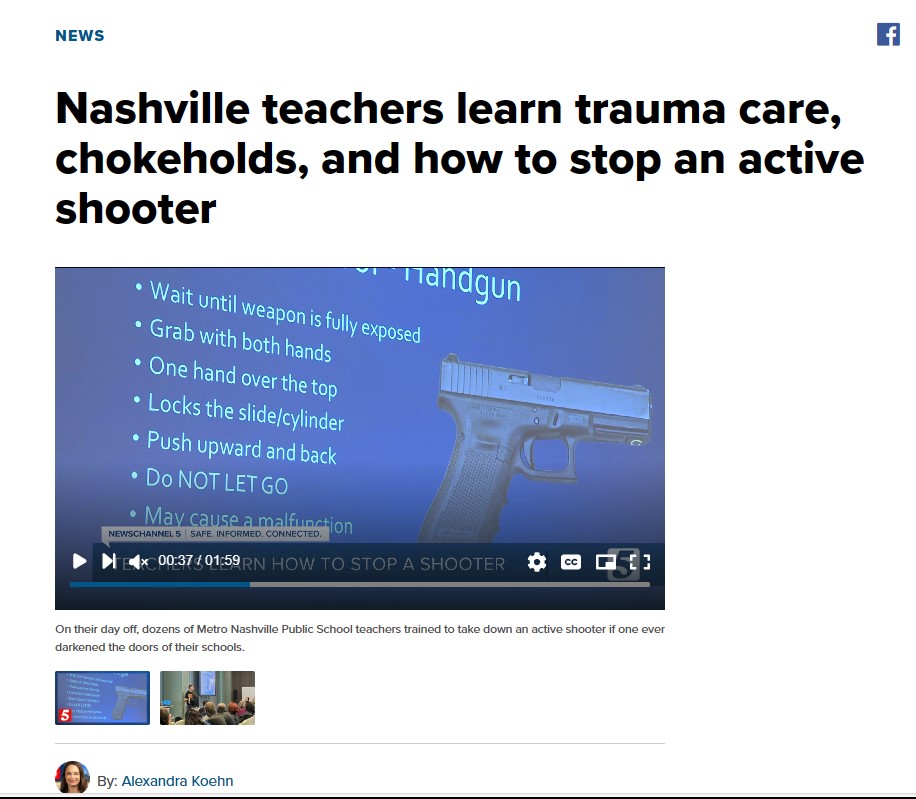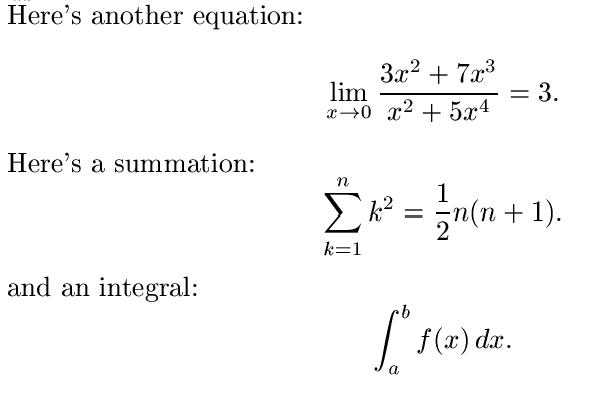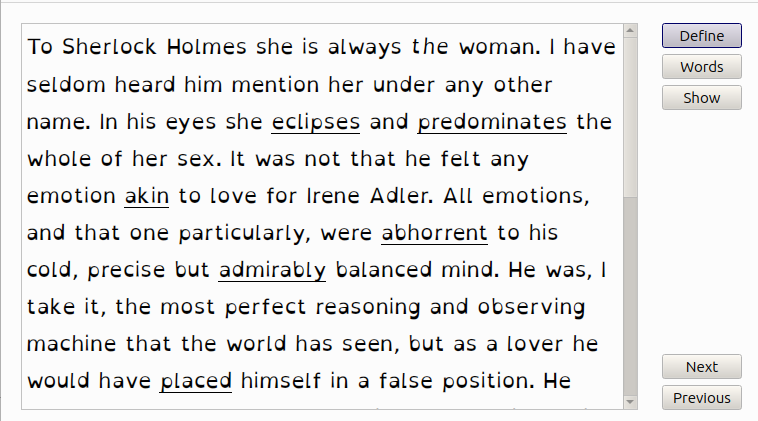of The People Shall Not Be Infringed!

B.L.U.F.
A look at how the state is attempting to restrict our rights by redefining what “The People” means.
(2450 words)
Heller was the first domino to fall in the restoration of our Second Amendment protected rights. McDonald was the next. After a long time, we had the third domino fall, Bruen.
After Heller there was a rash of cases that were filed. As these cases made their way up the court system, the infringing, rogue, courts profoundly erred in how they interpreted Heller.
They looked at the methodological processes that were used to decide cases in court. Two different methodologies were examined, and then adopted. The first was how the Supreme Court had addressed First Amendment cases.
They determined that the rights protected under the First Amendment were not absolute. There were exceptions. To determine if a regulation is constitutional, the regulation is evaluated using “strict scrutiny”.
Under strict scrutiny, the state must show that there is a compelling state interest, that the regulation is narrowly tailored and is the least restrictive means available to the state. Strict scrutiny only applied to content-based or viewpoint-based regulations. If the regulation was not abridging content or viewpoint speech, then intermediate scrutiny was applied.
This also matched the ways and reasons injunctions/stays were issued, likelihood of success on the merits, irreparable harm, balance of equities, and public interest.
Given these two methodologies, the inferior rogue courts adopted a means-end methodology for Second Amendment rights. First, the court would determine that the regulation did not infringe the core right of self-defense too much, just like they determined content or viewpoint-based speech. The courts then looked at the state interest.
If the state interest was “compelling”, the court would use strict scrutiny. If the state interest was not compelling, the court would use intermediate scrutiny.
Having decided on the level of scrutiny, the rogue courts would assume without finding that the regulation being challenged was facially unconstitutional, and then rule it constitutional because the state had shown significant interest to justify the regulation under the level of scrutiny used.
This stopped progress in Second Amendment challenges. Just as the previous profoundly erroneous evaluation of the Second Amendment only applying to the militia.
Read More






